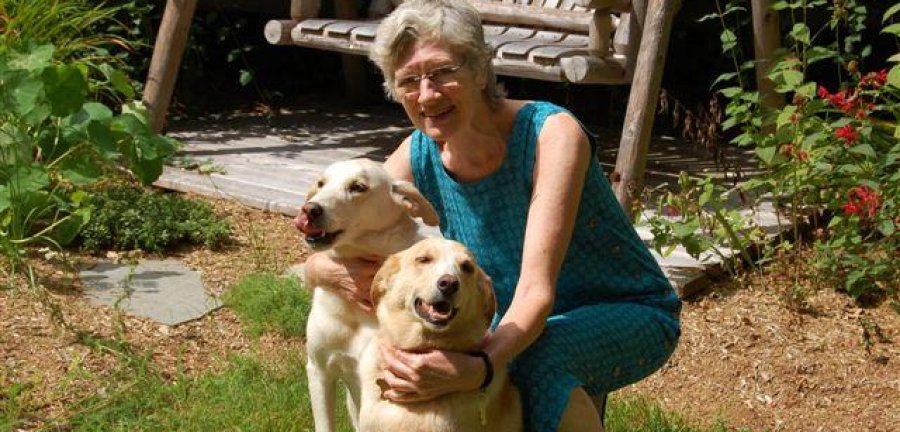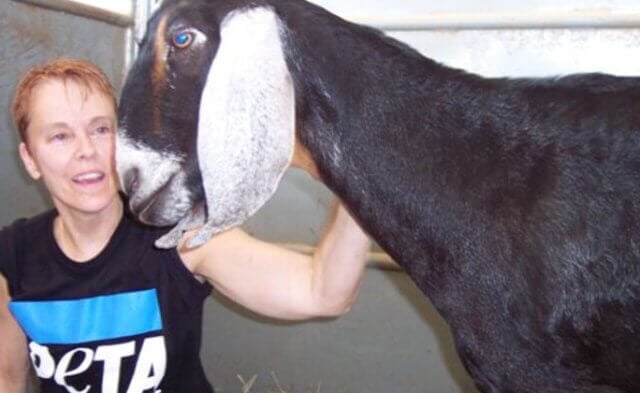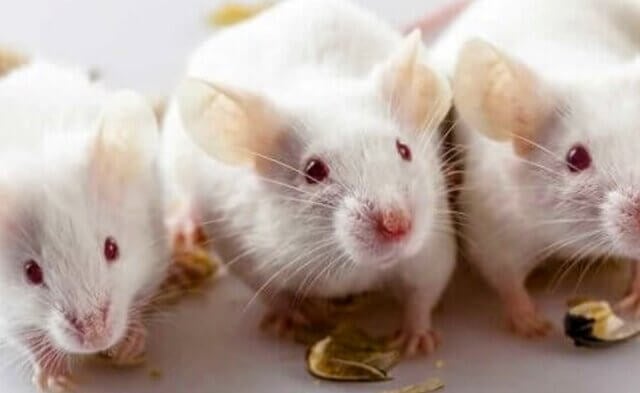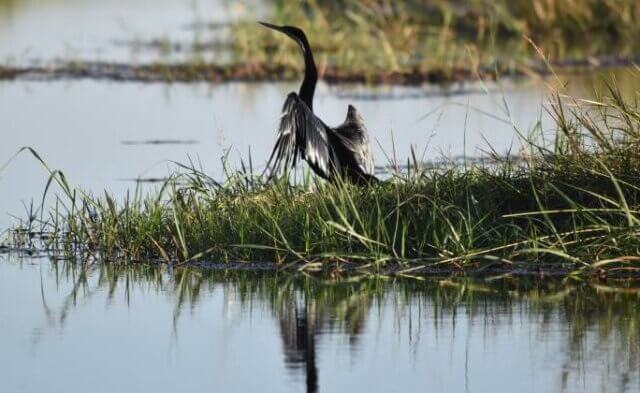Making a vital donation of an organ, tissue, and blood can mean the difference between life and death for those in need, and many of us will be the beneficiaries of such a donation at some point in our lives.
However, many are not aware of the option of whole-body donation and how it can save the lives of thousands of animals, advance scientific research, and enhance training for medical professionals so that they can provide the highest quality of care to their future patients.
Modern medical research and training is increasingly moving away from the cruel and ineffective use of animals and toward approaches based on humane, human-relevant, non-animal methods. Donating one’s body to science helps facilitate this paradigm shift.
For example, comparative research studies have shown time and again that the surgical skills of those who train on human cadavers are superior to their peers who are trained using live animals. Last year—along with other physicians, medical educators, and government scientists—I attended a demonstration of an exciting new surgical training method that connects the cardiovascular system of a donated human cadaver to a mechanical pump to create a body that bleeds, oozes, and pulsates just like a living body.
During the many years that I practiced surgery, including trauma surgery, it was very clear to me that surgical skill relies on an intimate knowledge of human biology that can only be gained by experience with cadavers, real human patients, and today, modern simulators that are based on human anatomy and physiology and impart knowledge and skills that translate to the clinical setting. While some surgical training courses unfortunately continue to mutilate and kill live dogs, pigs, sheep, and other animals simply because it is the traditional way of doing things, not only is this crude approach tragic for animals, it also does a disservice to the surgeon who is being trained and to the surgeon’s future patients. Practicing on nonhuman animals with different anatomy and physiology than humans presents inherent obstacles to accurately conveying the vital knowledge that surgeons need to know. For decades, I have advocated for an end to the use of animals in medical training for both ethical and scientific reasons.
The same is true for medical research that seeks insight into human biology and treatments for human disease. The use of animals, while commonplace, creates insurmountable barriers to success because of the fundamental biological and genetic differences between humans and animals. The need for human tissue is therefore vital, and increasing the availability of quality cadaveric specimens by donating your body to science is just one way to curb the use of animals in medical training and research, enhance physicians’ education, and improve the treatment of the future patients they will care for.
Whole-body donation programs like the Maryland-based Anatomy Gifts Registry (AGR) ethically obtain cadavers from donors who have registered with their organizations. After one’s passing, the registered donor’s remains are transported by AGR (at no charge to the family of the deceased) from any location in the country to AGR’s facility and expertly prepared so that tissue, organs, and full cadavers can be distributed to medical training and research facilities around the world.
Finally, at the end of the body-donation process, facilities like AGR assume the cost of cremation services and will provide ashes from the remains as well as an outline of what fields of research and medicine the tissue has contributed to so that the family can see the far-reaching impact of their loved ones’ kind choice.
By making plans to donate one’s remains and registering as a donor with a nonprofit service such as the Anatomy Gifts Registry, people can leave a legacy of compassion that is consistent with a life spent caring for others—including both humans and animals.
This post was written by Marjorie Cramer, M.D., F.A.C.S. Dr. Cramer is a retired plastic surgeon and fellow of the American College of Surgeons. She lives in Newtown, Connecticut, with her two rescued mixed-breed dogs, Toby and Beau.





